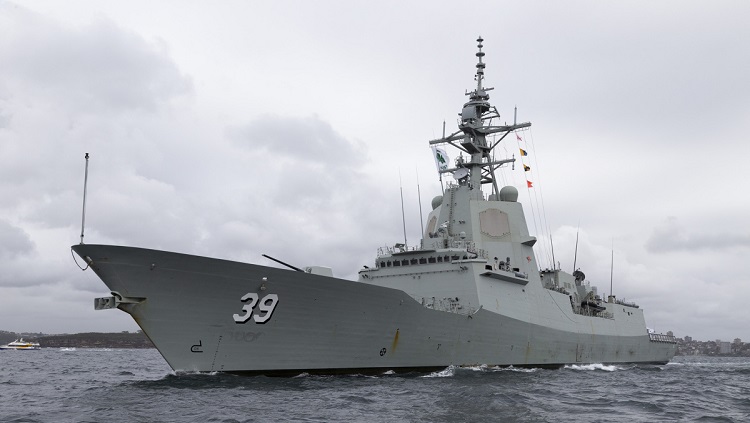
HMAS Hobart enters Sydney Harbour as she returns to Fleet Base East. (DEFENCE)
The Royal Australian Navy’s first SEA 4000 air warfare destroyer, HMAS Hobart returned to its home base at Garden Island in Sydney just before Christmas after a five-month deployment to the US to test and exercise its advanced weapons systems.
The tests were conducted in conjunction with the US Navy at the vast Pacific test ranges near Hawaii and off the coast of California, and saw the vessel’s systems and crew challenged in realistic tests and demonstrations. This included testing the vessel’s ability to integrate with US Navy assets via the Co-Operative Engagement Capability (CEC), a US high-end naval networking capability so far made only available to Australia.
“We were presented with some of the world’s toughest and most challenging threats; modern anti-ship missiles, maritime strike aircraft, fighters and high-speed attack craft,” Commanding Officer of HMAS Hobart, CAPT John Stavridis told Navy Today. “On every occasion we successfully defended all threats.”
Part of HMAS Hobart’s systems validation included a series of at sea tests known as Combat System Ship Qualification Trials (CSSQT) which aim to achieve a sustainable level of combat and weapon system readiness.
“This ship represents the future of the Royal Australian Navy’s surface combatants: capable, competent and lethal,” Fleet Commander, RADM Jonathan Mead said upon HMAS Hobart’s return to Sydney. “With her recently commissioned sister ship, HMAS Brisbane, and soon to be delivered NUSHIP Sydney they will be able to defend our Fleet against any threat.”
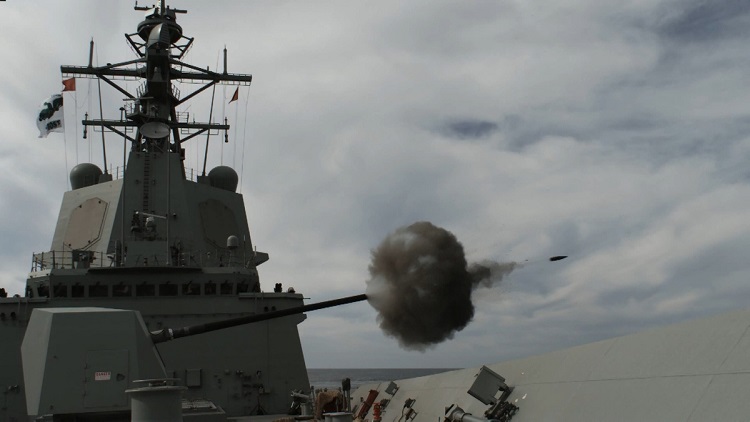
HMAS Hobart firing its 4.5 Inch gun. (DEFENCE)
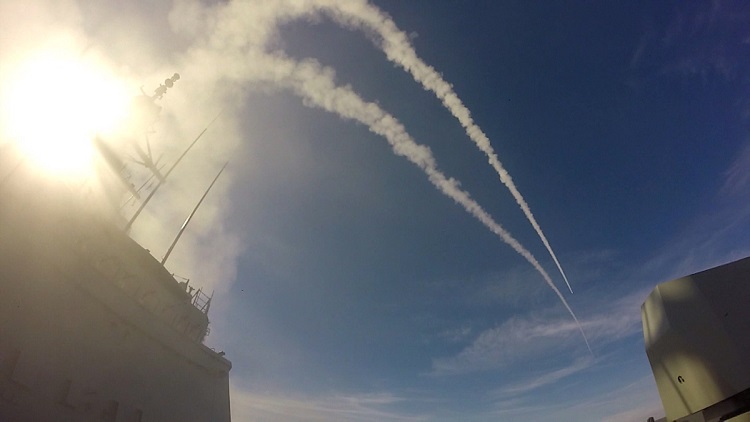
Two Evolved Sea Sparrow Missiles (ESSM) are fired from HMAS Hobart. (DEFENCE)
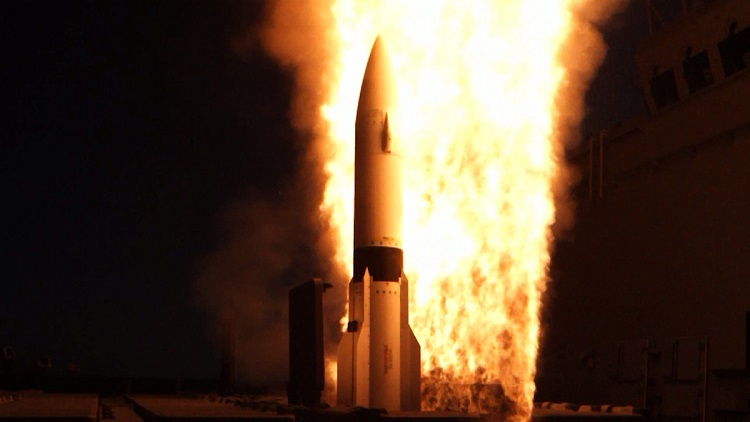
A Standard Missile 2 (SM-2) is fired from HMAS Hobart. (DEFENCE)
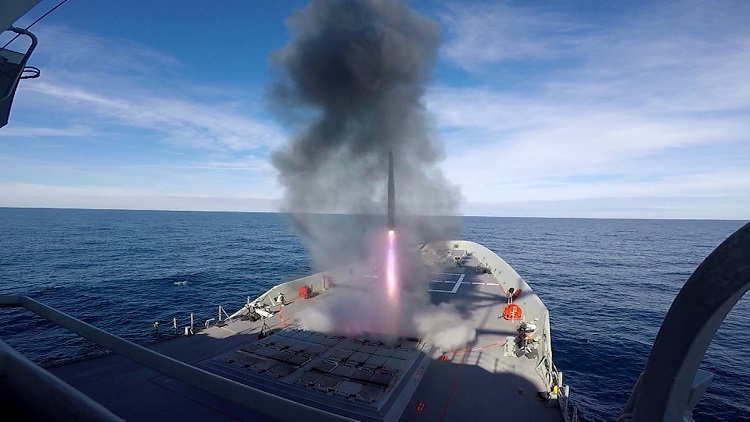
An Evolved Sea Sparrow Missile (ESSM) is fired from HMAS Hobart during test firings off the US West coast. (DEFENCE)
